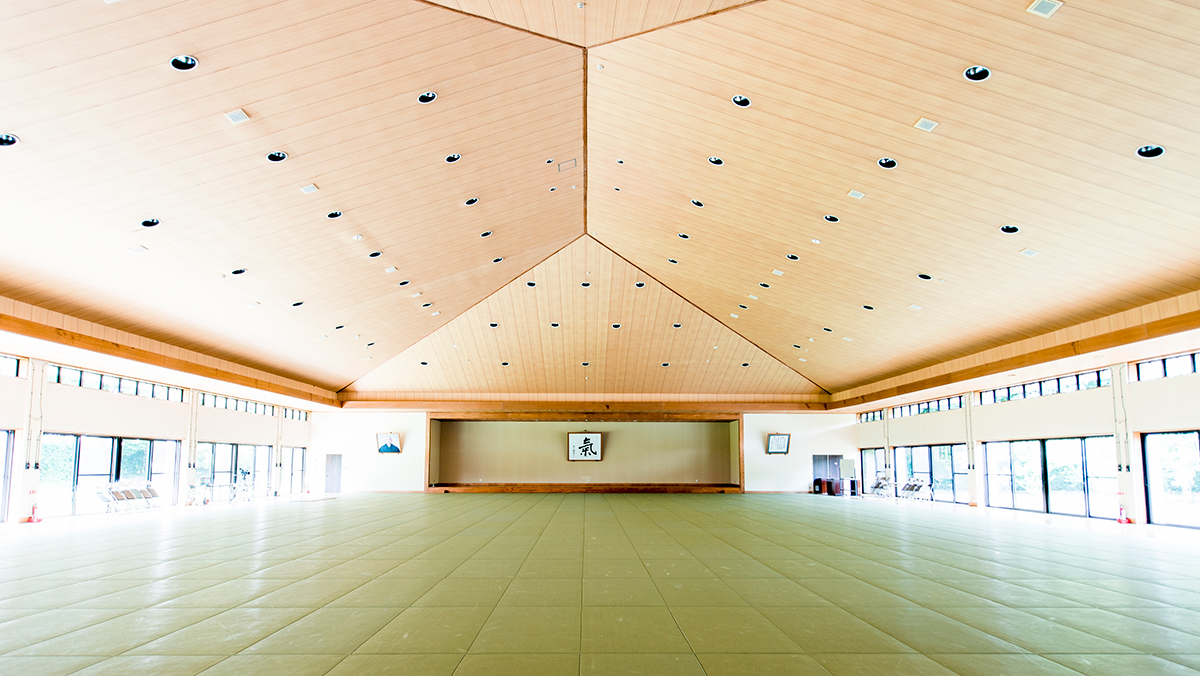Recently I have noticed that the information around us here in Japan has taken on some strange tendency.
People only say “Do this and you will become that,” without explaining the reason why, or examining carefully to see, “Is it really so?”.
For example, when after someone says “Natto is good for health” on TV program, natto is immediately sold out from every supermarket. This kind of tendency is very common in Japan. Actually, depending on certain health conditions, there are some people who should not eat natto at all. But it seems that people do not care about it.
This is similar to the idea of seeking for cure-all. This cannot exist in the real world, but people still want to believe there might be some all-purpose cure somewhere.
Let’s relate this same idea to the question of our posture.
Natural posture is not the same for each person. There is no such thing as an “ultimate posture”, because we all have different shapes, muscles, and body conditions. This is why learning to feel our natural posture is very important.
In Shinshintoitsu Aikido (Ki-Aikido) we define our “natural posture” by the following 3 points:
The Posture in which you feel most comfortable
The Posture which you can keep longest
The Posture in which you can be most stable
When you have all those 3, this is the “natural posture” we teach.
If it is “The Posture in which you feel most comfortable,” it is different from what you do when you put tension in your body. The posture in which you feel tired is not correct.
If it is “The Posture which you can keep longest”, you must be able to maintain this after long hours without effort. If you have a posture of dead relaxation, you might feel relaxed for a while, however, you cannot continue it because it is not natural.
If it is “The Posture in which you can be most stable”, then it is a naturally balanced posture which can be checked by Ki Tests. If you cannot keep this posture while being tested, it is not natural.
By checking those 3 points, it is possible to find the natural posture for each person.
I have had the opportunity to teach many athletes. I often hear from them that some coaches force them to learn the “ultimate posture” which they believe to be correct. If it luckily fits that particular player, it could work, but if it does not fit, their performance could get worse.
In reality, it might not be easy for the coaches to give made to order advice to each athlete. To do this, coaches are required to spend much time and effort. Maybe sometimes they have to teach many athletes at one time, and so they need to show the greatest common form as an example.
If this is the case, then this is just an example, and not the “ultimate posture”. Each player can find their own natural posture, and therefore their best form, by learning the 3 points I explained.
This is the same in Ki-Aikido practice. Those 3 points are important for “Natural Posture” as well as “Natural Movement” and “Natural Breathing”. I hope you will learn well in the daily practice based on those 3 points.

